Discover
Sant Cugat
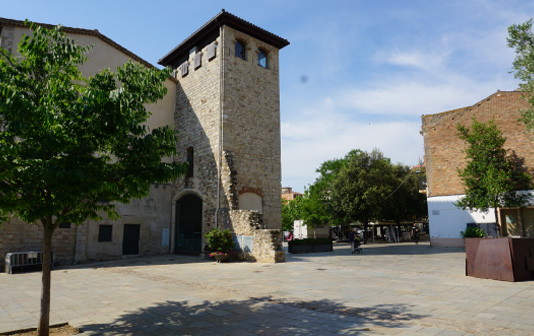
It is a city that retains the traditional spirit of a small farming and summer resort town even as it has blossomed into a diverse and welcoming hub with a model based on social, cultural, economic and environmental sustainability.
In constant contact with nature and boasting numerous large green areas, it is nestled at the foot of Catalonia’s largest urban park, the Collserola mountain range, which spans an area of around 11,000 hectares.
A place that inspires. A place to disconnect.
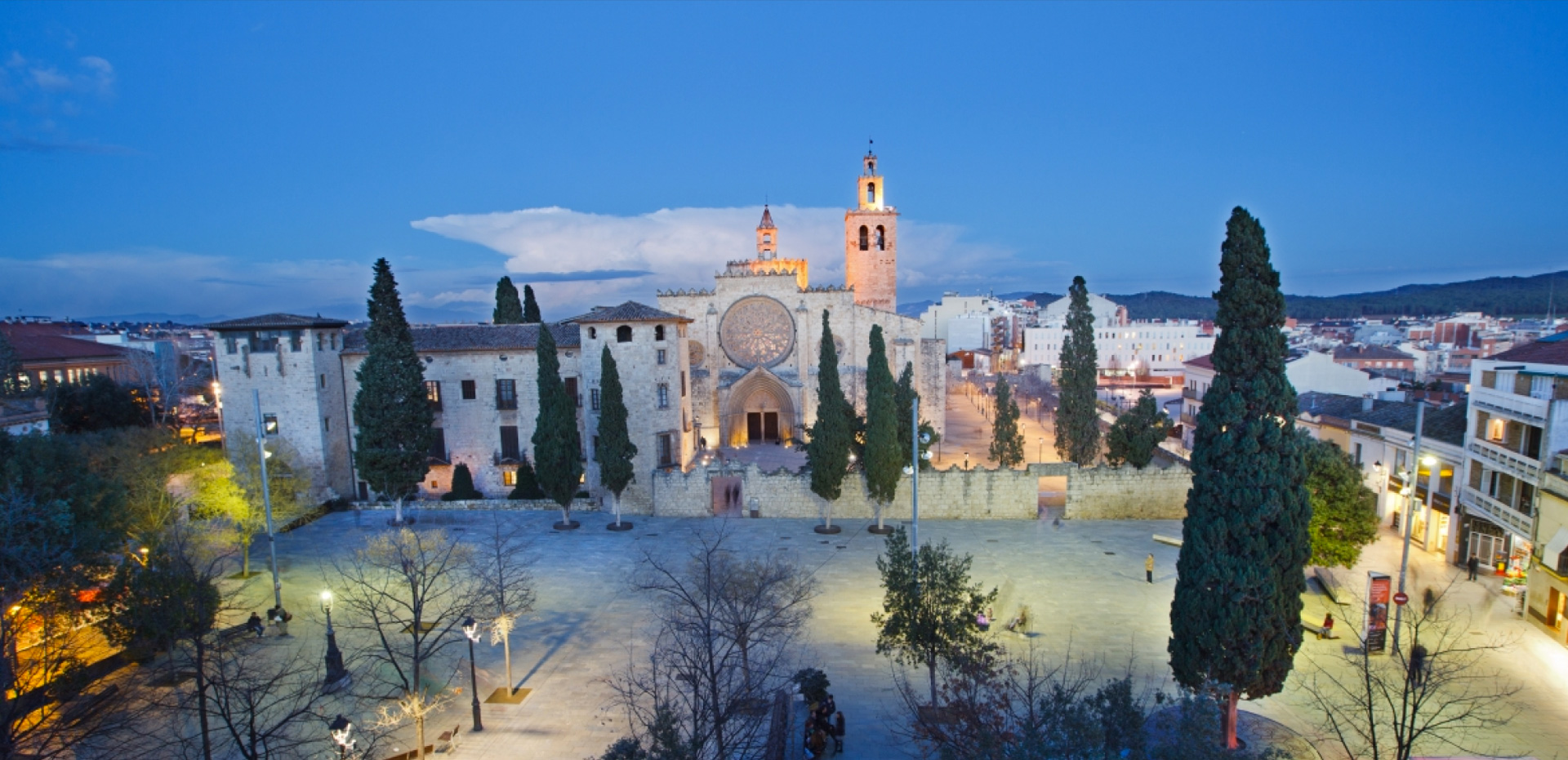
Plaça d’Octavià,
the origins
of an entire
city
Everything in Sant Cugat seems to revolve around Plaça d’Octavià. The streets of the city centre, steeped in history and tradition, converge on the square, with its many shops, bars and restaurants. It is a lively centre, where the passage of time has a special, more relaxed feel, more open to simply strolling and taking in the surroundings and people.
An unbeatable location
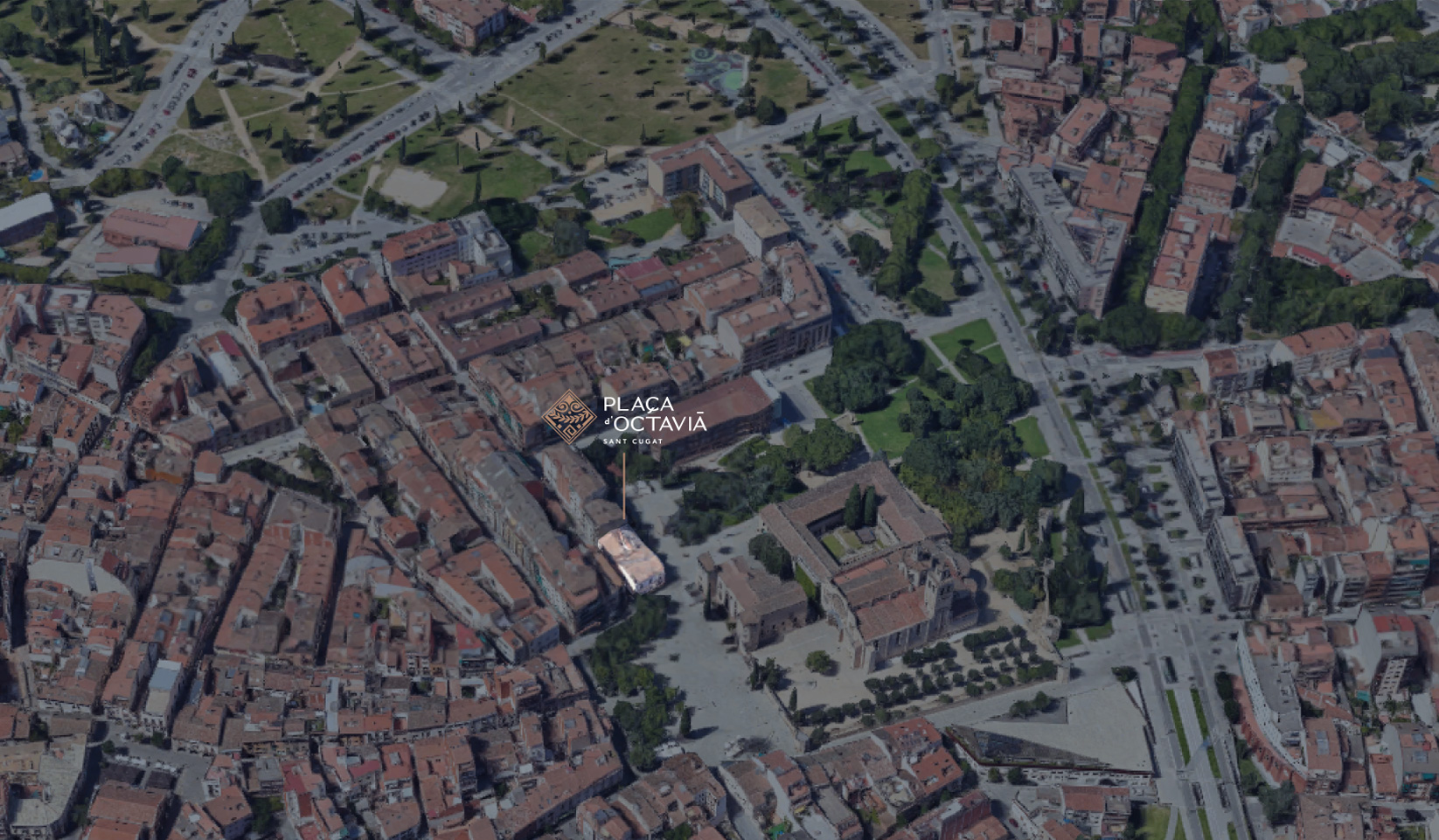
A city with
History
Sant Cugat can trace its origins to the settlement of a hill on the Vallès plain in the 1st century A.D., at the site of the crossroads of the Via Augusta, which came from Rome and ran north to south down the peninsula, and an important trade route linking Barcino (Barcelona) to Egara (Terrassa).
Around the 4th century A.D., the fortress Castrum Octavianum was built as a strategic point for controlling passage and protecting the area’s agricultural settlements.
It was in this same enclave that the first monastic community was founded in the 7th century A.D., although it was not until the 9th century A.D., following the Visigoth and Muslim invasions, that construction began on the Monastery of Sant Cugat. The last monks left the monastery in 1835, putting an ending to one thousand years of monastic life.
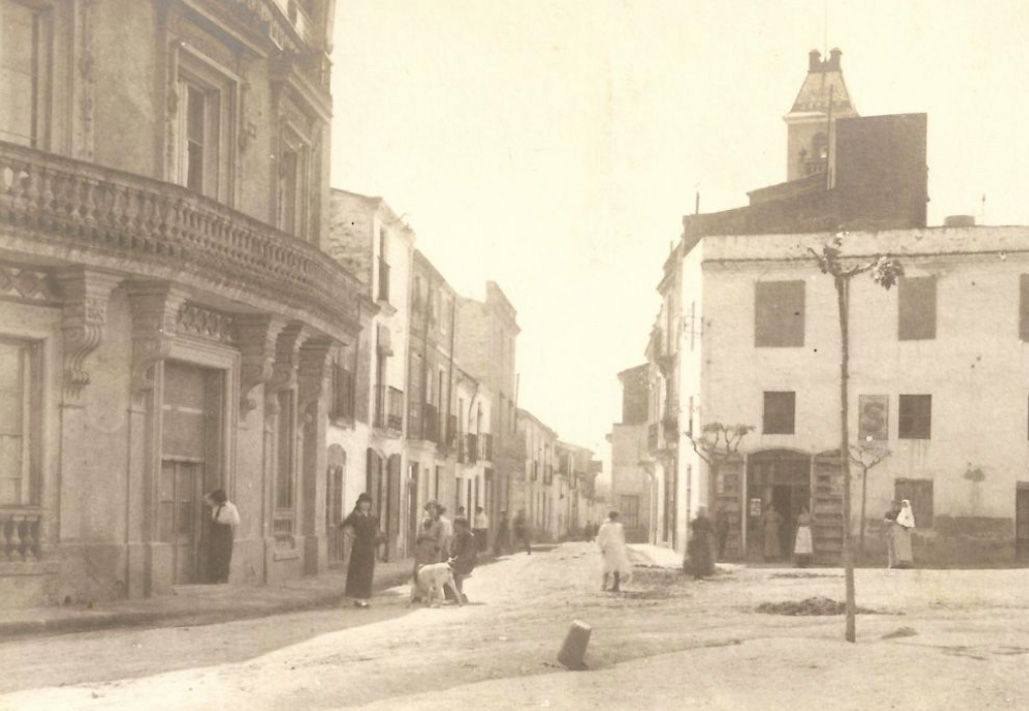
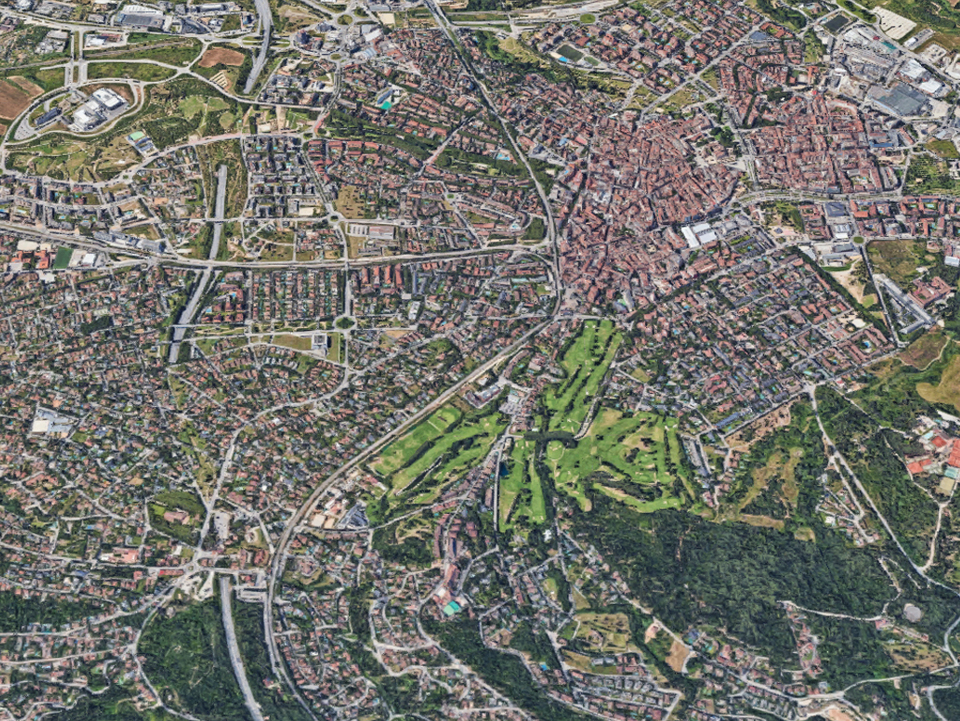
Sant Cugat
today
Thanks to its orderly and well-balanced urban expansion, Sant Cugat is today an exceptional city with an enviable quality of life. Its location is as strategic as it was in Roman times, well-connected to Barcelona by road and rail and to the rest of the region via direct access to the AP7 and C16 motorways.
The city has successfully integrated itself into its surroundings, allowing nature to thrive in its parks and open spaces, which it complements with high-quality modern and varied municipal, cultural and sport facilities.
The appeal of its location and quality of life has led to extensive development of the city’s economic activity and educational offer. It currently has several industrial estates and business areas that are home to the headquarters of large multinationals and companies from a wide range of sectors, as well as prestigious private and semi-private schools, universities, business schools and other higher education institutions.
Fuelled by its history, people and surroundings, Sant Cugat has grown and today has an extensive and varied cultural, shopping, and dining offer. It is a city to be experienced and enjoyed, close to everything and everyone, that has successfully taken care of itself and its inhabitants to become a truly unique place.


